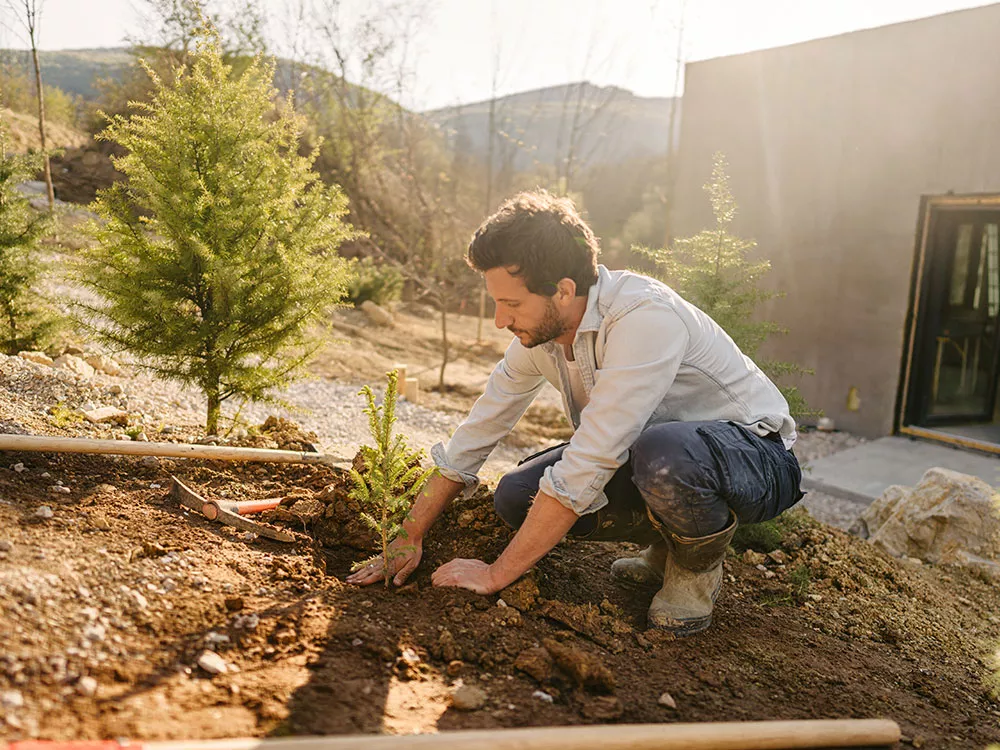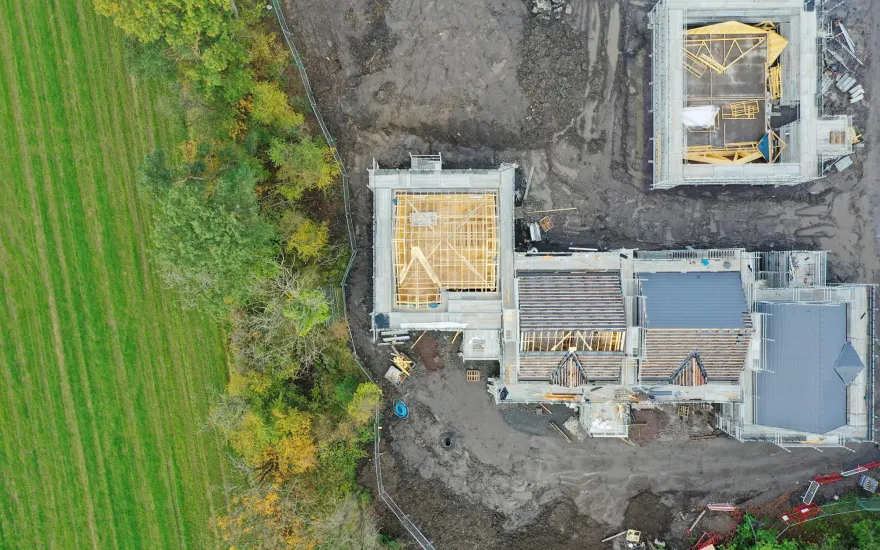How to Select and Plant a Tree
Encouraging America to plant trees is a worthwhile goal, but it’s only half the story. Whether planting two trees in the front yard or a million in a city, the effort will come to naught unless the trees are selected and planted correctly. True success is a new tree that is vigorous from the start and lives a long, productive life. This issue is dedicated toward that goal.

Planting a tree is the ultimate act of optimism and sharing.
It is the one act within reach of nearly every man, woman, and child to improve the environment and make this world a better place. It is repayment of our debt to nature for the air we breathe and the joy we know from bird songs, summer shade, or the calming beauty of shimmering leaves.
Apart from the physical benefits of planting a tree, there are also the social benefits of working together to beautify a neighborhood or improve a park. “Friendship is the spirit of the forest,” wrote naturalist Enos Mills at the turn of the century, and it is as true of the urban forest as it is of the wilder places in rural America. The benefits of trees are given without prejudice, and the act of planting a tree offers common ground and a natural bond among all humans.
But planting a tree is not to be taken casually. It requires planning, great care, and a knowledge of trees and their needs. Experts estimate that young trees will grow twice as fast when planted correctly and will live at least twice as long as trees improperly set out. It is essential, then, to know the basic rules for selecting and planting trees.
In This Bulletin
Here’s what’s inside:
- Selecting Your Tree – four steps to help you choose a tree
- How to Check Proper Size and Rootball Proportions – standards from the American
- Nursery and Landscape Association
- How to Plant a Tree So It Lives – planting techniques to ensure a healthy future
- Following Up After Planting – important care once the tree has been planted
- Planting and the Community Forestry Program – the importance of making a wise investment in the future of urban forestry
- The Tree Planting Ceremony – tips for planning a successful tree planting event
